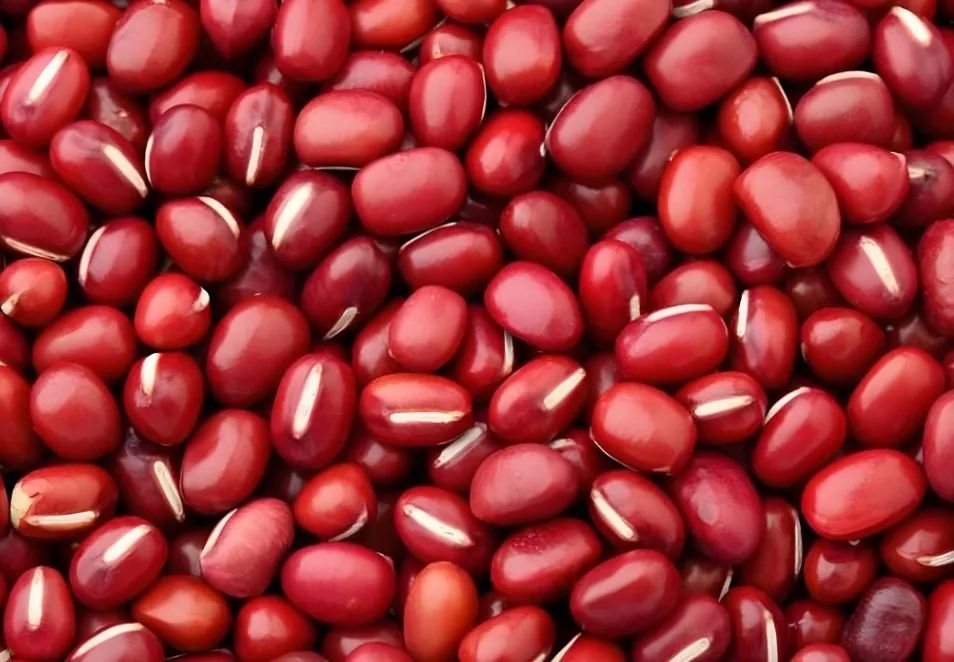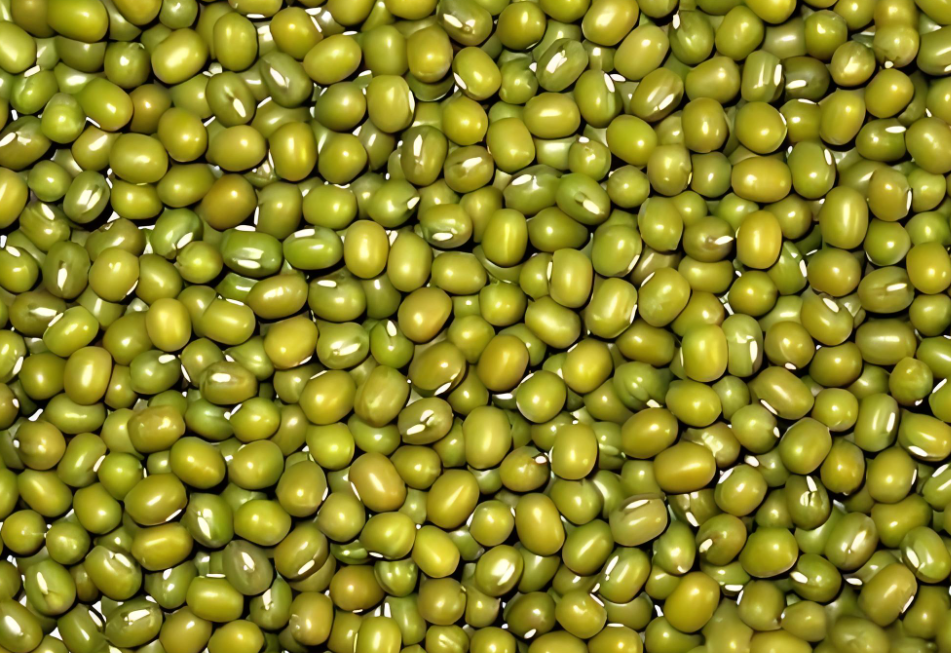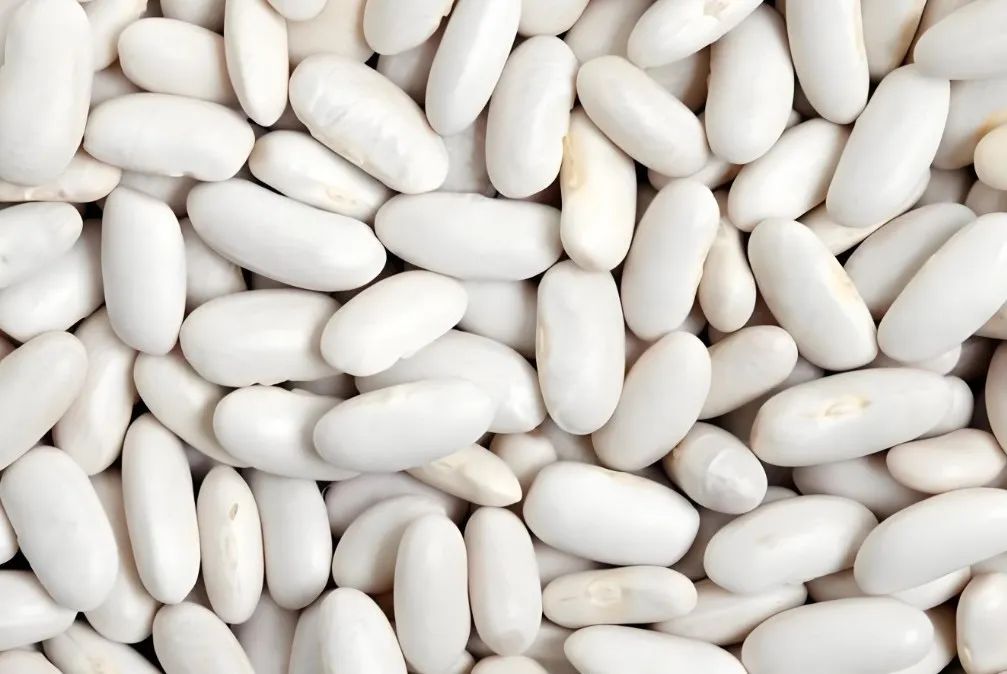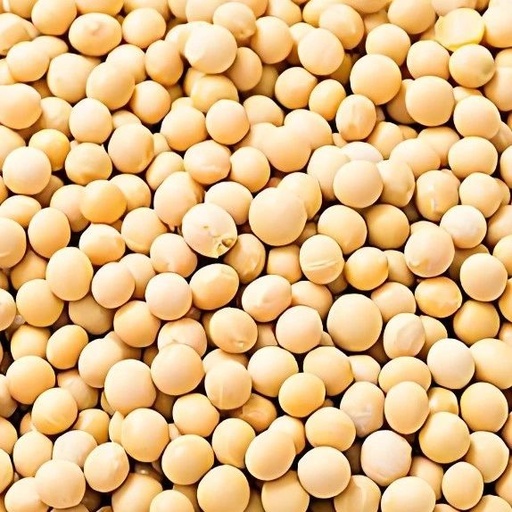
 Ancient dietary wisdom in China emphasizes that “grains are nourishing, and without beans, there is imbalance,” indicating that while grains are rich in nutrients, a lack of legumes makes it difficult to achieve dietary balance. Modern nutritional science also confirms that consistently consuming bean products daily can effectively reduce fat accumulation in the body, enhance immunity, and subsequently lower the risk of disease.
Ancient dietary wisdom in China emphasizes that “grains are nourishing, and without beans, there is imbalance,” indicating that while grains are rich in nutrients, a lack of legumes makes it difficult to achieve dietary balance. Modern nutritional science also confirms that consistently consuming bean products daily can effectively reduce fat accumulation in the body, enhance immunity, and subsequently lower the risk of disease.


 Red Beans
Red Beans

Red beans, also known as hong xiao dou (红小豆), were praised by the Ming dynasty medical expert Li Shizhen as the “grain of the heart.”
In TCM theory, red beans have multiple effects including clearing the heart and nourishing the blood, reducing swelling and promoting diuresis, and combating fatigue. They are often used in TCM dietary therapy to assist in treating conditions such as hypertension, arteriosclerosis, and edema.

Recommended dish: Red Bean and Job’s Tears Porridge:
Main ingredients include 100g of Job’s tears, 25g of dried dates, 50g of red beans, 10g of xian he cao (仙鹤草), and 30g of sugar.
To prepare, soak the Job’s tears and red beans in warm water for half a day, and soak the pitted dates similarly; then wrap the xian he cao in cheesecloth and place it in a pot with the Job’s tears, red beans, and dates; add water and cook until it reaches a porridge consistency, then sprinkle with sugar to taste.
This porridge has the effects of clearing heat and detoxifying, as well as cancer prevention.

 Green Beans
Green Beans

Green beans, also known as lü dou (绿豆), are one of the common legumes in daily life. TCM considers green beans to have a sweet flavor and a cool nature, entering the stomach and heart meridians, and possessing the effects of clearing heat and relieving summer heat, as well as promoting diuresis and reducing swelling.

The heat-clearing effect of green beans is mainly found in the skin, while the detoxifying effect is in the flesh.
Regular consumption of green beans can help expel toxins from the body, promote normal metabolism, lower cholesterol, and have liver-protective and anti-allergic effects. Adding honey to green bean soup enhances its detoxifying effect.
Recommended dish: Green Bean Cake:
Ingredients include 200g of peeled green beans, 100g of sugar, 10g of vegetable oil, and 20g of maltose.
To prepare, soak the green beans overnight, steam until cooked, cool slightly, then blend into a paste, mix in sugar, and form into a ball with oil and maltose; divide into 20 small pieces, fill with red bean paste, press into a mooncake mold, and steam in a boiling water pot for 4-5 minutes; cool and refrigerate.
This cake has the effects of clearing heat and detoxifying, quenching thirst and relieving summer heat, promoting diuresis, and moisturizing the skin.

 Yellow Beans
Yellow Beans

In TCM theory, yellow beans, known as huang dou (黄豆), are believed to regulate the middle and lower qi, benefit the large intestine, and eliminate water retention and toxins. They are considered a superior food for dietary therapy, with effects of tonifying the spleen and qi, and clearing heat and detoxifying.

Yellow beans have a moist texture that can nourish the upper body fluids; their aroma enters the spleen, benefiting the middle jiao (spleen and stomach) qi; they can also regulate liver function and reduce liver fire.
Recommended dish: Yellow Bean Stewed Pig Trotters:
Ingredients include pig trotters, yellow beans, brown sugar, soy sauce, cooking wine, scallions, ginger, star anise, cinnamon, salt, and chicken essence.
To prepare, soak the yellow beans for 5 hours; blanch the pig trotters in boiling water, discarding the water, then blanch again to remove impurities; then place the trotters and yellow beans in a pressure cooker, adding soy sauce, brown sugar, cooking wine, and spices, along with enough water to cover the trotters; cook under pressure for about 20 minutes; after opening, add a little salt to taste and simmer briefly before serving.
This dish has the effects of nourishing blood, promoting lactation, enhancing beauty, tonifying qi, and generating fluids to relieve dryness.

 White Kidney Beans
White Kidney Beans

White kidney beans, belonging to the Fabaceae family, are also known as bai yun dou (白芸豆), jing dou (京豆), or da bai dou (大白豆), commonly referred to as “big four-season bean rice.” When cooked, the skin splits open like blooming white clouds, hence the name “white cloud bean.”

The large white kidney bean is one of China’s ancient and precious edible beans, with a long cultivation history. The large white kidney beans from the southern Shaanxi region are known for their plump grains, thick endosperm, bright white color, delicious taste, and rich nutrition, making them a prized bean variety. Their grains are twice the size of fava beans, making them the crown of legumes.
In TCM, white kidney beans are considered to have a sweet flavor and a neutral nature, benefiting the stomach and intestines, warming the middle and lowering qi, and tonifying the kidneys and replenishing essence.
Recommended dish: Kidney Bean and Pork Rib Soup:
Ingredients include 150g of kidney beans, 110g of pork ribs, 1 slice of ginger, a small amount of cilantro, 1 teaspoon of salt, 1/2 teaspoon of pepper, and 1/4 teaspoon of sesame oil. To prepare, first wash the kidney beans, slice the ginger, chop the cilantro, and blanch the pork ribs in boiling water; then boil 3 cups of water in a pot, add the ginger and pork ribs, and cook until tender, then add the kidney beans and cook for about 10 minutes.
This soup has the functions of warming the middle, lowering qi, benefiting the stomach and intestines, and tonifying the kidneys and replenishing essence.
Note: The above content is for health education purposes. If you have symptoms that require adjustment, be sure to consult a professional doctor for guidance and do not self-medicate to avoid delaying treatment!
© Beijing Chongwen Zhongfang Traditional Chinese Medicine Hospital, Inheritance of Famous Doctors
Long press the WeChat QR code below for free consultation with professional TCM
[Disclaimer]: The content is sourced from the internet, and the copyright belongs to the original author. This article aims to promote positive energy in society and does not contain vulgar or negative guidance. If there are any copyright or personal infringement issues, please contact us promptly, and we will delete the content immediately. If there are any doubts about the events mentioned, we will delete or modify them upon contact.
